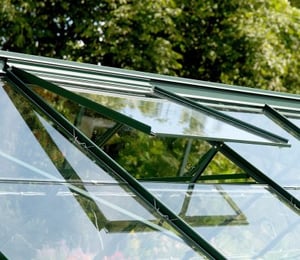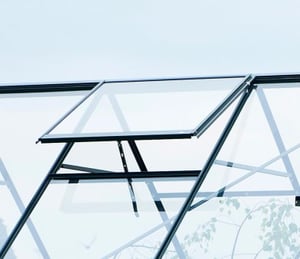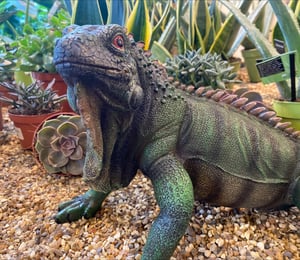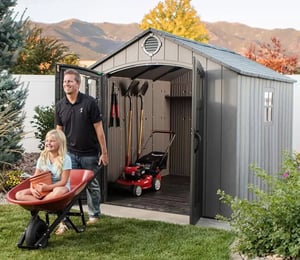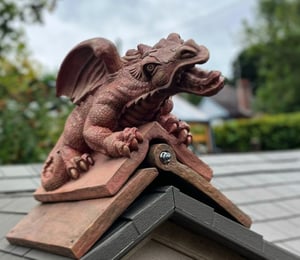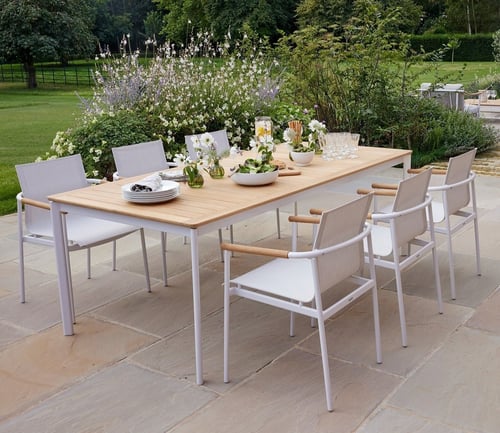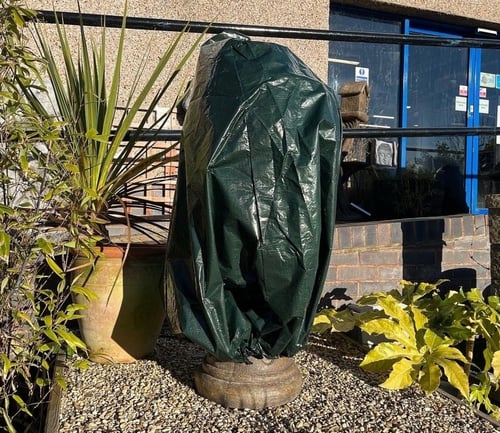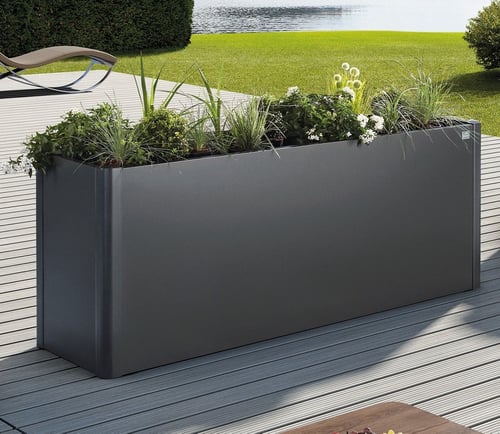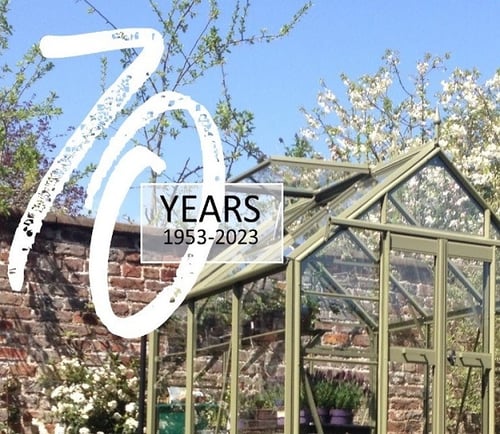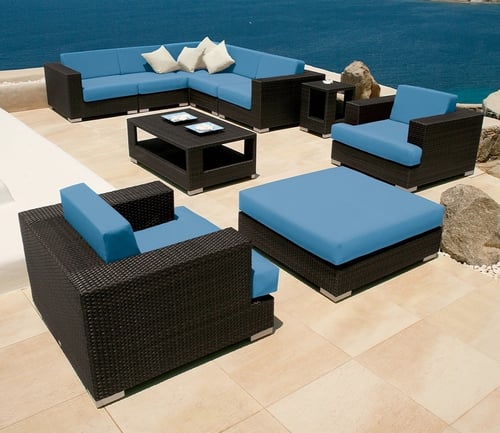You may think this is a new idea, but it was first introduced albeit by accident over a hundred years ago in Germany, when vegetation grew in sand used to protect bitumen roofs.
Look good and do good
On larger buildings, green roofs will conserve energy as well as extending the life of the roof, they can also reduce noise pollution and aid good air quality.
Used on our domestic outbuildings they are green islands for birds and insects, offering food and shelter. In a small way they counteract the loss of natural habitat but, as in the case of the garden pond, this can make a significant difference when added together.
They look good, offering biodiversity in place of tedious barren felt and to a large extent look after themselves. For a shed roof, the work will take perhaps a day and you'll need help at certain stages.
Before you begin, make sure the current structure can withstand the extra weight, don't forget that it will be even heavier after rain. If it's an apex roof the angle should be greater than 3° and no more than 20°. A sunny location is also preferred.
Firstly line the roof with waterproof butyl, this will keep both the water out and prevent the vegetation's roots from penetrating the shed roof.
Now make a simple frame using pressure treated 2in x 4in timber that fits the roof and fasten it to the shed. It's essential that water can drain away, therefore the frame must have drainage holes along the lower sides.
Use a line of pebbles along the edge so the holes don't become blocked. You could also fit a filter sheet that allows the free passage of water while retaining soil particles. A moisture trap of some kind will slow the rate of drainage, these can be purchased but you can also use an old blanket or towel.
What to plant
The growing medium is called substrate, on a shed 3ins is enough. It's no good using purely topsoil as that will be too heavy. Mix in up to 80% inorganic material such as perlite, sharp sand or brick dust.
Various varieties of Sedum are a popular choice for planting, as alpines they will grow well in the shallow gritty substrate, maintain cover throughout the year and need little maintenance. A good range of insects will also be attracted throughout the summer.
You can purchase rolled up mats of sedum, if not think about using S. acre (tiny yellow flowers on pale green foliage), the succulent golden yellow S. rupestre or the starry white flowers of S. album.
Wildflowers that can survive in low nutrient conditions are also a consideration, perhaps Cowslip, Lady's Bedstraw, Rock rose, Harebell and Thyme.



